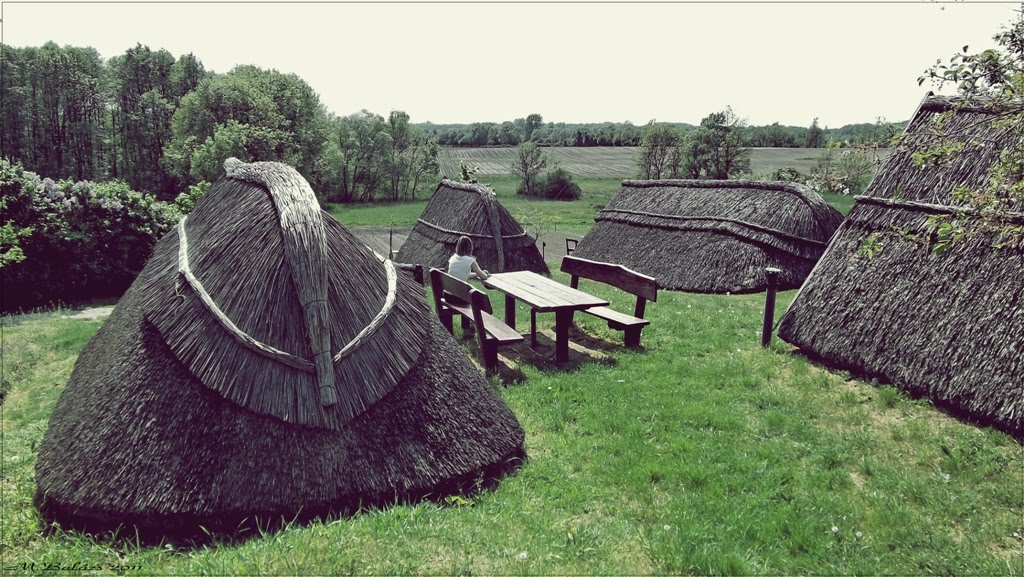SIGHTS
Inárcs – Statue Park
Inárcs is a settlement with a long history in the region. From the Middle Bronze Age onwards, people of many archaeological cultures have settled in its borders. The name of the place comes from the Old Turkish word meaning „man of noble birth”. It first appeared in medieval sources in 1263 as Inarch.
The church of St George is recorded from 1332. The remains of the foundations of its building, which is striking in this area, over 20 metres long, were excavated by Edit Tari in 2000. According to the excavation, the oldest Romanesque period of the church, which was destroyed several times and rebuilt by the parishioners, and which can be identified by the presence of quern stones and tombs, dates from the 11th to 12th centuries. One of the tombs from this period also yielded a unique find: a fragment of a priestly bust made of copper, on which the inscription ‘St George Sinless’ was engraved in Greek.
Ferenc Polyák, a woodcarving artist and master of folk art, started a movement in 1995 to mark the site of the destroyed medieval churches with a cross for the millennium. In this spirit, he first carved the Inárcsi cross, which was erected alongside the „old” highway. The initiative had a national resonance, and local enthusiasm led to the excavation and the construction of the memorial park-sculpture park.
The site of the temple ruins is located in József Street, near the sports field.
Kakucs-ring car-racing track
The Kakucs Ring race track is renowned for giving its speed-hungry passengers a speed thrill that will change the meaning of four wheels for a lifetime. On the track, you can experience the difference between driving and racing with a professional driver. Indulge in the boundless thrill of acceleration, believe me, it’s an incredible experience!
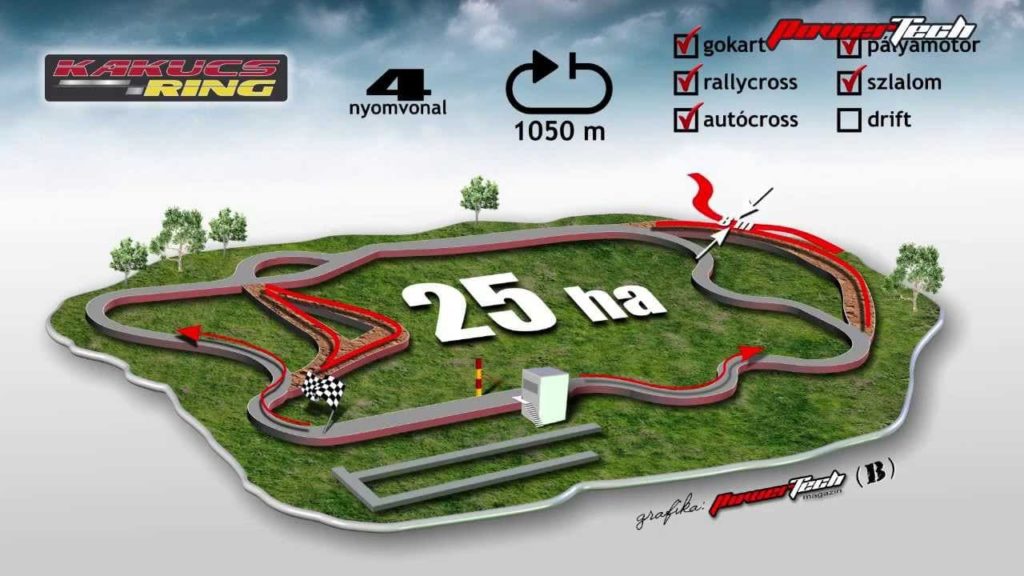
Újhartyán Horse Park
The Cigleher Horse Park is waiting for horse riding lovers, whether it is horse riding lessons, riding lessons, cross-country riding or horse-drawn carriage rides.
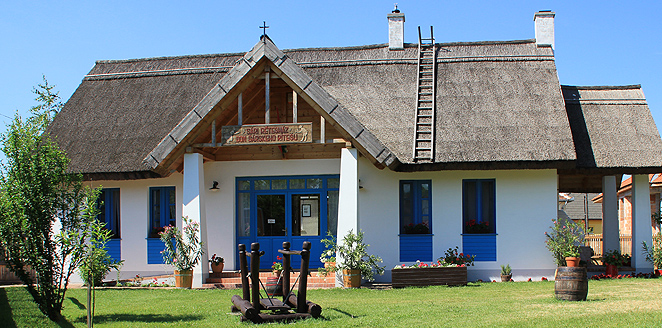
Sari Strudel House, Dabas
The work of a few years has paid off, because now the country and the world can taste the unique taste of sari strudel.The speciality of our strudel lies in the thinly stretched dough and the inimitably rich filling, which is made according to a traditional recipe, thanks to the difficult-to-learn preparation process.
Dabas, Szent Jakab sétány:
Located at the intersection of Mántelek út and Láp utca. A pleasant place, belonging to the Pilgrim’s Way.
Dabas – Kapistran-Hunyadi Memorial Tower (Dabas, Szent István Square)
From November 2011, the lookout of the Kapistran-Hunyadi Memorial Tower on Szent István Square will be open to the public free of charge! Visits are possible from Monday to Friday between 8 am and 4 pm, and on Saturday between 9 am and 12 noon in half-hour intervals.
To make an appointment, please contact turisztika@dabas.hu!
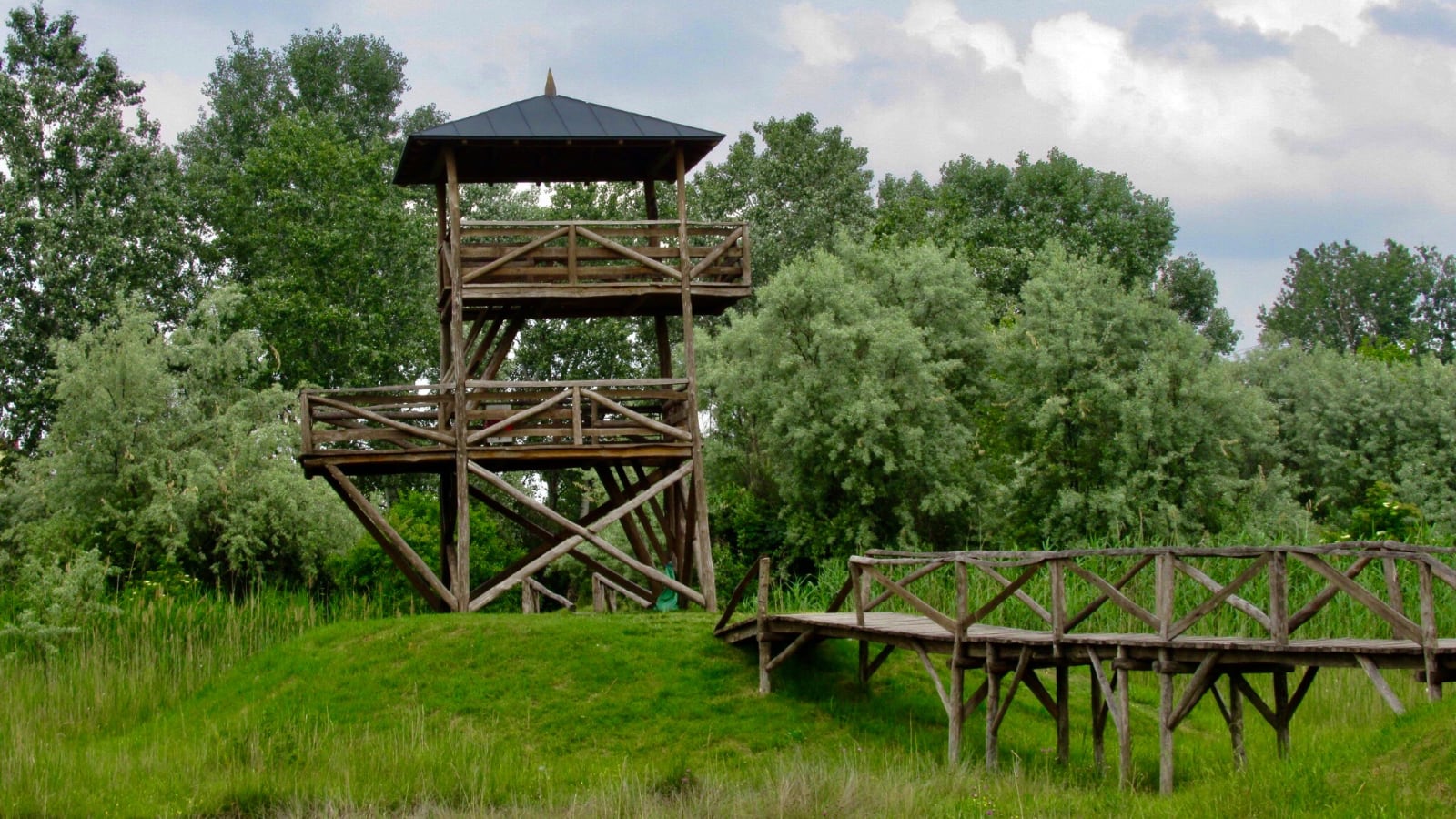
Dabas, Tájház
Dabas-Gyón has one of the oldest houses in town, built in 1835. The country house is open to visitors all year round. Visits are by appointment only, and must be arranged with the caretaker of the country house. The caretaker is located next to the country house at 21 Luther u. Dabas-Gyón.
Alsódabas – Kossuth House (Kossuth László u. 19.)
The permanent exhibitions of the Kossuth House Gallery are. The architectural values of Dabas (the past and present of the neoclassical mansions): 37 tables presenting more than 20 buildings, with archival (1930s, 1950s, 1980s) and contemporary photographs, floor plans, façade drawings, and Dabas, the city of eight towers, presenting the architectural and interior design values of eight churches in Dabas.
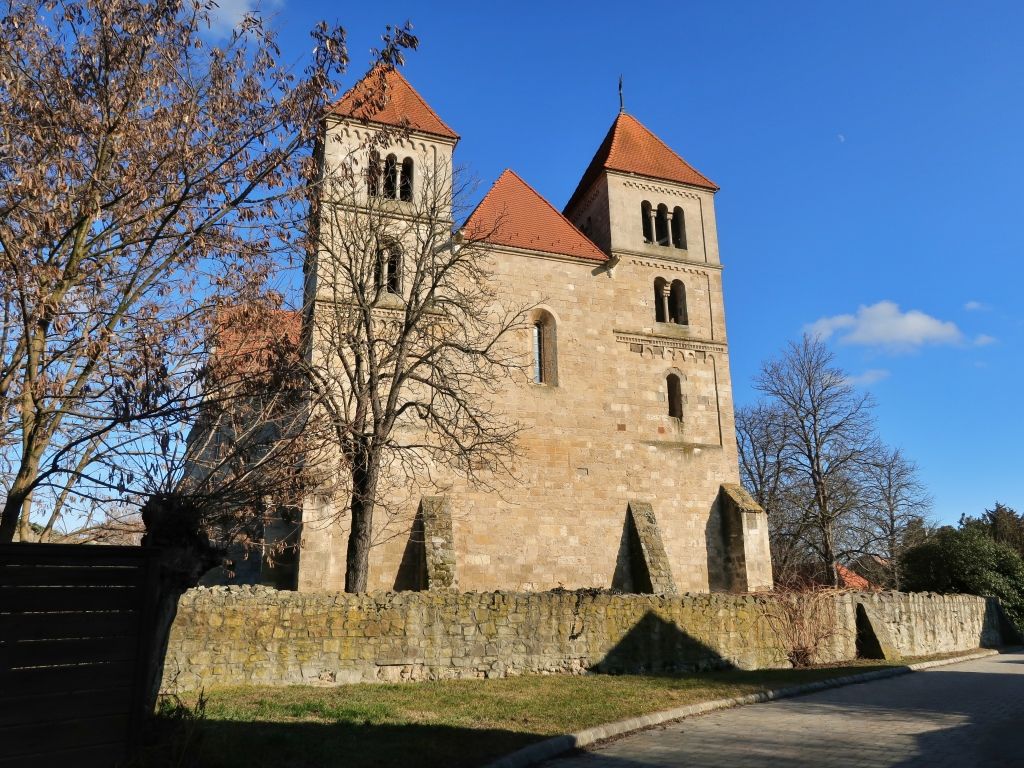
REFORMED CHURCH IN OCSA
In Bercsényi Street, next to the Skanzen, stands the pride of Ócsa, a monumental church of Romanian origin, one of the most beautiful monuments of Romanian architecture in Hungary.
OCSA COUNTRY HOUSE AND SKANSEN
The oldest part of Ócsa, the Old Village, with the Romanesque basilica built in the early 13th century in the centre, is a real ethnographic gem. In 1975, the village complex, consisting of 62 gates, was put under protection together with the area, and its two internal settlement structures are several hundred years old. The oldest of the farmhouses on the small plots surrounding the church date from the late 18th century.
Ócsa cellar
Around a hundred cellars carved into the ground are a site of historic interest. Among the cellars with thatched roofs and gable roofs, there are some that are three hundred years old. The thatched roofs are like artistic hairstyles, each one shaped with special care and sealed with a conti.
Pusztavacs, centre of Hungary
Pusztavacs is the geographical centre of Hungary. The coordinates of this geometrical centre are latitude 47° 11′ and longitude 19° 30′.
